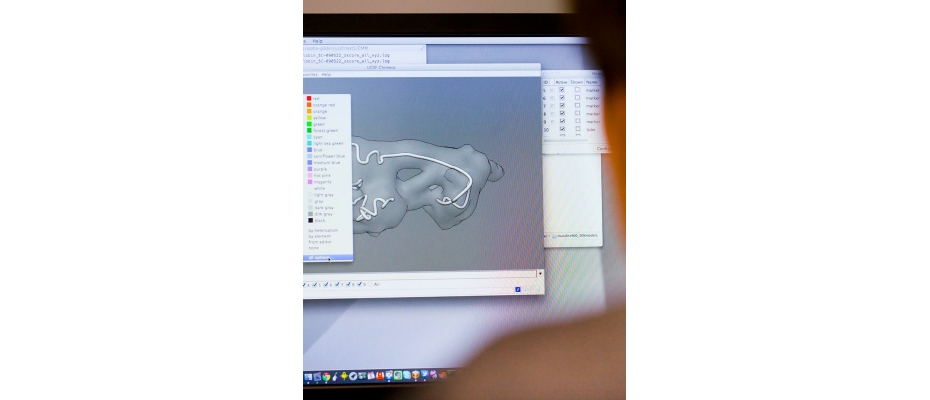
The European Research Council (ERC) has just announced today the results of their Synergy Grants call for proposals. This call is addressed at scientific projects carried out by different interdisciplinary groups of researchers tackling issues at the forefront of knowledge, new areas of research, and novel methods and techniques. The call aims to reward proposals that demonstrate synergies, with complementary aspects and which contain added value to enable progress that would be impossible for researchers working individually.
The Centre for Genomic Regulation (CRG) and the CNAG have been awarded one of these prestigious grants for their joint project "4D-genome: Dynamics of human genome architecture in stable and temporal changes in gene expression". This project aims to address the 3D structure of the human genome and its role in gene expression from various different points of view.
"It is very important for us to have obtained this grant. The level demanded is very high, it has been a very hard process and we are very pleased with this achievement", says Miguel Beato, head of the group at the CRG and coordinator of the project receiving the ERC Synergy Grant. "Thanks to this support we can address one of the biggest challenges surrounding the human genome and study the importance of its three-dimensional structure in time and space in relation to gene expression", explains the researcher.
The groups involved in the project are those led by Miguel Beato (CRG), Guillaume Filion (CRG), Thomas Graf (CRG and ICREA research professor) and Marc A. Marti-Renom who leads leads the Structural Genomics group of the CNAG and the CRG and is also an ICREA research professor.
The genome is not only a group of letters
The classic way of studying the genome as a linear text is being displaced by the new dynamic and complex vision of the organisation in the nucleus. We now know that a gene's location in space modulates the expression of the genome, although we still are unable to explain what the relationship is for establishing and maintaining this interaction. To address this issue, the 4D-Genome project brings together a variety of research groups that study the genome from different angles.
To this end the project involves groups with expertise in various areas that will enable the project to be tackled at different levels and scales. The group of Marc A. Marti-Renom (CNAG-CRG), expert in 3D genome modelling, along with the group led by Guillaume Filion (CRG), expert in interactions and response to genetic alterations from a statistical-mathematical point of view, will provide the theoretical framework for studying the 3D structure of the genome in time and space. At the same time, the groups of Miguel Beato (CRG), expert in chromatin dynamics and hormonal response in breast cancer cells, and that of Thomas Graf (CRG), expert in the control of cell differentiation through blood cell transcription factors, will provide case studies and cell models for looking at the role of the three-dimensional configuration in gene expression.
All this is only possible thanks to the latest-generation technology and collaboration between institutions and infrastructures. "Barcelona has the technological capacity to carry out this project under the coordination of the CRG, with the essential participation of the CNAG and in collaboration with the BSC and ICFO", indicates Marc A. Marti-Renom, the CNAG-CRG group leader who is responsible for integrating the genomic data produced by the CRG.
In the long term, the researchers hope to produce a three-dimensional map of the properties of the genome and its expression that will allow us to better understand how the genome responds to external changes and manages to control gene expression. Both aspects are enormously important and have repercussions for human health.
Source CRG











